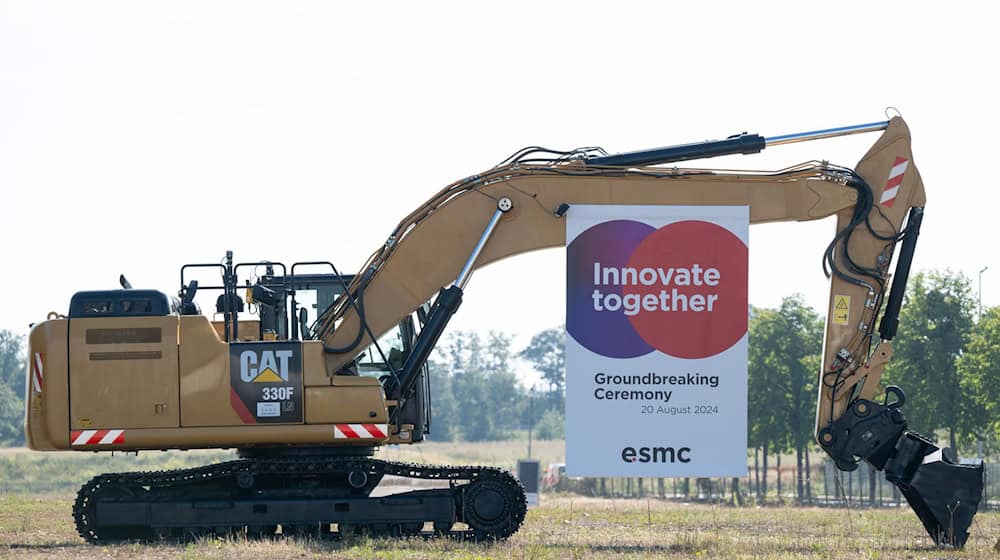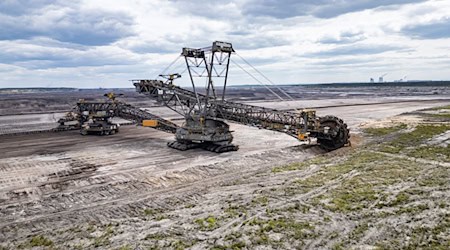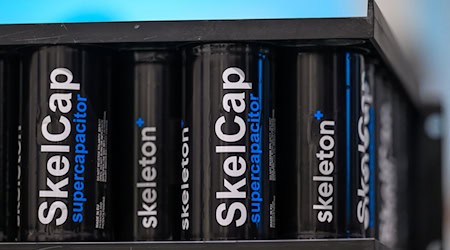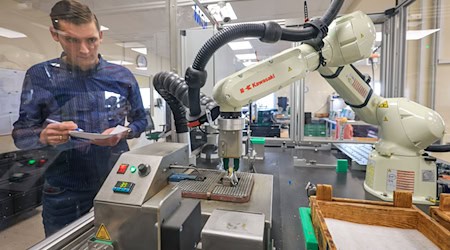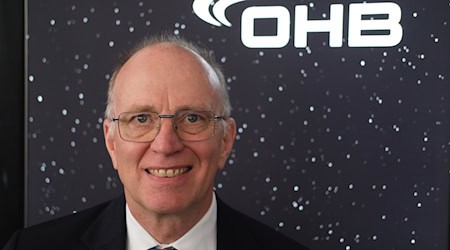A microelectronics training cluster (SAM) is to be established in Saxony to cover future personnel requirements in the semiconductor industry. At its last meeting before the state elections, the cabinet gave the green light for the project. Up to 1,000 training places are to be available from the 2028/29 training year.
Training facility to have its own clean room
Existing facilities are to be modernized and expanded for this purpose. A new training campus for microtechnologists is planned in Radeberg. It will also house a clean room and cost 75 million euros. The Ministry of Economic Affairs wants to use money from the European Regional Development Fund for this.
The non-profit company Metall- und Elektroausbildung GmbH, based in Kesselsdorf near Dresden, will be responsible for training mechatronics engineers. An investment of 48 million has been budgeted for this, which Saxony intends to finance via a federal program. It is still unclear whether the training will also take place in Kesselsdorf itself.
Crafts and SMEs to benefit
The decision to choose Radeberg was a conscious one, said Economics Minister Martin Dulig (SPD). The positive effects of the semiconductor development should be felt directly in the area surrounding Dresden. Crafts and SMEs are an elementary component of Silicon Saxony. "We are ensuring that they continue to benefit from the investments of global corporations."
Radeberg is acquiring a plot of land at the small town's train station for the campus, which has been a wasteland for almost three decades. "Radeberg is once again benefiting from its direct proximity to Dresden and can directly participate in cutting-edge technological development," said Mayor Frank Höhme (non-party).
A year ago, the Taiwanese industry giant TSMC and its partners announced the construction of a chip factory in Dresden costing a good ten billion euros. The ground-breaking ceremony took place last week. Infineon also wants to expand production at its Dresden manufacturing facility.
The number of employees in the industry is set to grow significantly by 2030
According to Dulig, Saxony will become one of the most important and largest locations for the semiconductor industry in Europe in the long term. Even today, every third chip produced in Europe comes from the Free State. The international appeal of the region will continue to grow through the expansion and relocation of large companies.
"Around 80,000 people work in the industry today. By 2030, there will be over 100,000. That is an annual increase of up to 3,000 new employees," said Dulig, referring to forecasts. The large demand for skilled workers in the semiconductor industry, suppliers and regional SMEs cannot be met from the existing workforce. That is why more training is needed.
Saxony is also concerned with targeted recruitment. "With our settlement and research policy, we are attracting skilled workers from all over the world and we want people to like living here and staying here," emphasized the Minister. Only through a culture of openness, tolerance and diversity could a strong ecosystem in this industry be further developed.
Copyright 2024, dpa (www.dpa.de). All rights reserved

